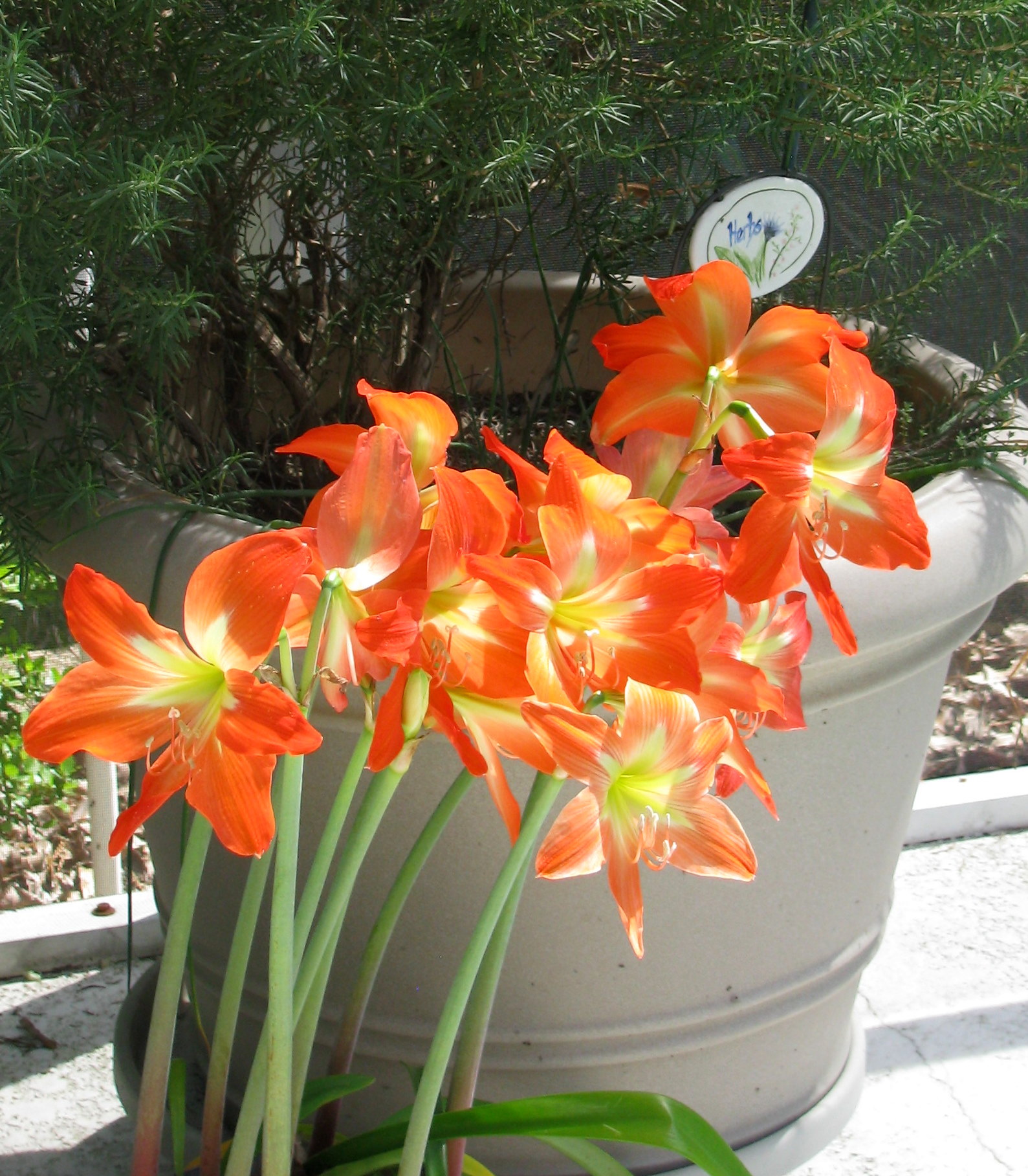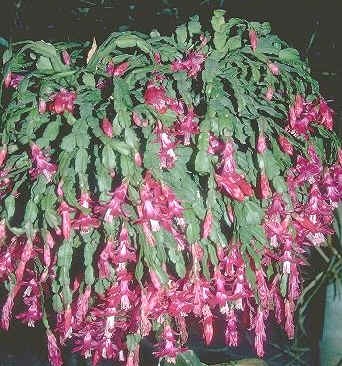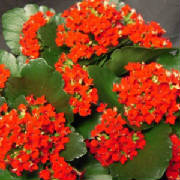|
|
 |
|
Gardening Blog
|
 |
|
|
Monday, December 19, 2011
Winter Landscape Care
This time last winter we had already experienced some very
cold nights and even some damage to sensitive plants in our landscapes. The National Weather Service is
predicting warmer temperatures than normal for the Southeast through this winter. So, we could be spared
frosts and freezes here in Pinellas County.
Even though plants
in Central Florida stay green during the winter for the most part, they are still dormant. Many plants
will grow very slowly or not at all during our coolest months. You will find that grass will not need to
be mowed but every two to three weeks and will require less water. Grass that is allowed to grow a bit taller is less likely
to suffer severe damage if there is a heavy frost or freeze. Fertilizer should not be applied during the
winter months and irrigation should be set to run every two weeks instead of every week. two to three weeks and will require less water. Grass that is allowed to grow a bit taller is less likely
to suffer severe damage if there is a heavy frost or freeze. Fertilizer should not be applied during the
winter months and irrigation should be set to run every two weeks instead of every week.
If a heavy frost or freeze is predicted, there are some plants that need protection by
covering. Crotons, Bromeliads, Tomatoes, Peppers, Impatiens, Begonias, and Allamanda are just some of the
plants that require protection. Orchids should be brought into a warmer area if temperatures are predicted
to range down to 40 degrees or below.
Watering landscape
plants before a freeze can help protect plants. Well watered soil can absorb more solar radiation than dry
soil. Plants in containers can be moved into protective
structures where it is warmer. Containers that must be left outdoors should be protected by mulches and
pushed together under overhanging foliage from hedges or bushes before a freeze to reduce heat loss from container sidewalls.
Coverings
protect more from frost than from freezing cold. Covers that extend to the ground and are not in contact with plant foliage
can lessen cold injury by capturing heat that is radiating from the ground. Foliage in contact with the cover is often injured
because of heat transfer from the foliage to the colder cover especially if the cover is plastic. Some good covers to use
are: cloth sheets, quilts or purchased ‘frost cloth’. If you do use plastic, use a form around the plant inside
the plastic to keep it from touching the plant. It is necessary to remove plastic covers during the day to keep the plants
from cooking in the sun. Cloth covers can remain on for several days if the temperatures are forecast to remain very cold.
With
luck we willlhave a mild Florida winter and not have to worry about protecting cold sensitive plants.
If you have questions about plants,
plant care or the pests that attack plants, the Pinellas County Master Gardeners hold a plant clinic at the Palm Harbor Library
every Wednesday from 10 a.m. to 2 p.m. In addition, on the second Thursday of each month there is a speaker
presenting on various gardening and landscaping topics. For information on up-coming programs in this series,
to register to attend a program or to view other Pinellas County Extension landscaping programs visit:
http://pce-lawnandgarden.eventbrite.com/
2:16 pm est
Thursday, December 1, 2011
Flowering Plants for the Holidays – and beyond
Blooming plants make s uch a lovely statement during the holidays. While poinsettias are the most purchased holiday plant,
you might also consider amaryllis, holiday cactus,
cyclamen, kalanchoe, red or white begonias and impatiens. When choosing plants with blooms, look for those
with only a few blooms open and plenty of buds (on poinsettias the blooms are the small yellow center flowers), healthy foliage
and a compact form. For amaryllis, look for plants with the bloom stalk just emerging from the bulb and
the bud well formed. Beware of amaryllis in the pre-packaged boxes. The bulb may have already sprouted
a bloom stalk that is twisted inside the box. These stalks will not straighten, so only choose those with
bulbs that are just beginning to sprout. uch a lovely statement during the holidays. While poinsettias are the most purchased holiday plant,
you might also consider amaryllis, holiday cactus,
cyclamen, kalanchoe, red or white begonias and impatiens. When choosing plants with blooms, look for those
with only a few blooms open and plenty of buds (on poinsettias the blooms are the small yellow center flowers), healthy foliage
and a compact form. For amaryllis, look for plants with the bloom stalk just emerging from the bulb and
the bud well formed. Beware of amaryllis in the pre-packaged boxes. The bulb may have already sprouted
a bloom stalk that is twisted inside the box. These stalks will not straighten, so only choose those with
bulbs that are just beginning to sprout.
The most crucial
tip for keeping these plants looking good is proper watering. The pot containing the plant must have bottom
drainage holes. Plants can dry out quickly, so check them daily. Water if the top inch of soil is dry. Over watering is just as bad.
Plants do not like to sit in water. Remove decorative foil or plastic wrappers covering the pot
or punch holes in them. Let water drain well before placing plants on a water proof
container to protect your table tops. High temperatures and drying can cause buds and flowers to drop on
holiday cactus. them daily. Water if the top inch of soil is dry. Over watering is just as bad.
Plants do not like to sit in water. Remove decorative foil or plastic wrappers covering the pot
or punch holes in them. Let water drain well before placing plants on a water proof
container to protect your table tops. High temperatures and drying can cause buds and flowers to drop on
holiday cactus.
Cooler temperatures will preserve blooms longer. Cyclamen especially prefer very cool
temperatures, so if you place them in a protected area outside over night when no frost is predicted, the blooms will last
longer. Bring plants inside in the morning before any sun reaches them. Poinsettias
and holiday cactus prefer to have a constant temperature, so don’t move them outside. All of these
plants listed appreciate being near windows with high levels of bright light but no direct sun. Also, keep
plants out of drafts.
 After the holidays, all of the mentioned plants except cyclamen can be maintained in pots or added to your landscape.
I call amaryllis the Florida tulip; the bulbs will thrive and multiply in well drained soil in a site with morning
sun and some dappled afternoon shade. Bulbs forced to bloom at Christmas will not bloom the first spring
after planting but should reward you in March or April for years afterwards. Begonias and impatiens do
very well in our winter landscapes. Impatiens need frost protection and can become deer candy, so protected
pots may be a better option. Kalanchoe is perennial in our area and enjoys full sun and well drained soil.
Holiday cactus can be grown as a house plant for years. Place it outside in a non-lighted area in
the fall as the nights begin to cool and bring it back inside when you see buds forming. Keep soil
barely moist. Shriveled, limp stems are a sign that the cactus is too dry. After the holidays, all of the mentioned plants except cyclamen can be maintained in pots or added to your landscape.
I call amaryllis the Florida tulip; the bulbs will thrive and multiply in well drained soil in a site with morning
sun and some dappled afternoon shade. Bulbs forced to bloom at Christmas will not bloom the first spring
after planting but should reward you in March or April for years afterwards. Begonias and impatiens do
very well in our winter landscapes. Impatiens need frost protection and can become deer candy, so protected
pots may be a better option. Kalanchoe is perennial in our area and enjoys full sun and well drained soil.
Holiday cactus can be grown as a house plant for years. Place it outside in a non-lighted area in
the fall as the nights begin to cool and bring it back inside when you see buds forming. Keep soil
barely moist. Shriveled, limp stems are a sign that the cactus is too dry.
8:50 pm est
|
|
To subscribe to this blog - click on XML icon.
|
 |
|
|
|
 |
|
|
Pampered Gardeners LLC * Oldsmar, FL * USA * Phone: 727 483-3783 * pam@pamperedgardeners.com
|
|
|
 |

